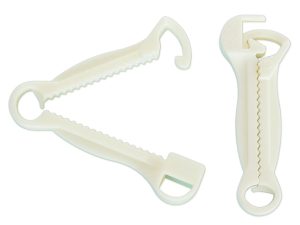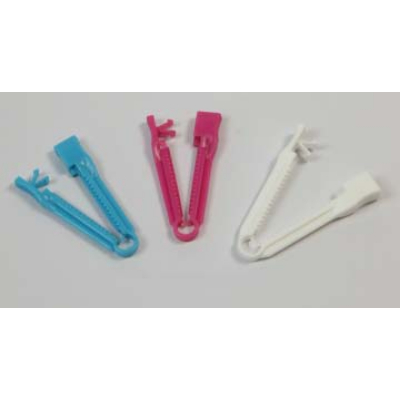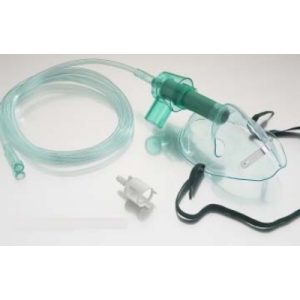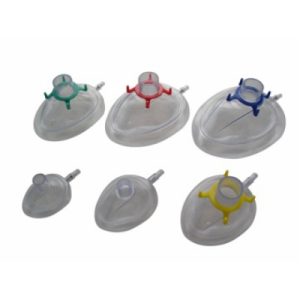
Umbilical cord cutting determines the separation of the newborn from mother. Umbilical cord clumping consists in the binding of the umbilical cord by nipper to interrupt blood flow from placenta to foetus. In the spontaneous labor there are two modalities to obtain umbilical cord clamping: the first modality is immediate umbilical cord clamping within 30s from birth. The second modality is delayed umbilical cord clamping at least 1 min after birth. After 1 min, cerebral blood flow is reduced again because of lower cardiac output.
A lot of studies have shown that delayed umbilical cord clamping is better than the early umbilical clamping because delayed umbilical cord clamping is associated with a great haemoglobin concentration in the newborns and best iron storage between 3-6 months of life and less incidence for transfusion and neonatal hypotension. Experimental studies, executed on animals and humans, analysed cardiocirculatory changes in the foetus immediately after birth and the importance of the delayed clamping for the hemodynamic stabilization, particularly in the lowest gestational age.
In a recent randomized study conducted in Nepal on 540 newborns, birth by eutocic delivery with 39.2 weeks of gestational age, showed that delayed umbilical cord clamping after 3 min of life is correlated with a better haemoglobin level and less incidence of anaemia at 8 months of life. Zhou et al. conducted a meta-analysis that included hematologic parameters obtained by umbilical cord, placenta and newborns blood.
Association of Italian Hospital Gynecologists Obstetricians (AOGOI) declared contraindicated conditions to execute a delayed umbilical cord clamping:
Hypoxic-ischemic events: detachment of placenta, prolapse of the funiculus, uterine rupture, shoulder dystocia, premature rupture of fetal membranes, placenta previa, maternal collapse, embolism amniotic, maternal cardiac arrest. Monochorionic twins, Fetal Hydrops, Umbilical cord damaged, Isoimmunization Rh.
Researchers concluded that newborns subjected to Caesarean Section showed greater value of haemoglobin and lower value of red blood cells compared to newborns birth by vaginal delivery. Haematocrit difference was greater between newborns birth by elective Caesarean Section compared to those birth by Caesarean Section in labor. Nowadays, researchers found no side effects of delayed umbilical cord clamping except a slight increase of phototherapy needs.
Despite evidence of beneficial effects for delayed umbilical cord clamping after eutocic delivery, this practice is not yet taken into consideration after elective Caesarean Section. The aim of the study protocol is to investigate the effects of the clamping after 1 min from birth by elective Caesarean Section on heart rate, saturation, body temperature, bilirubin, haematocrit and glycemia.







